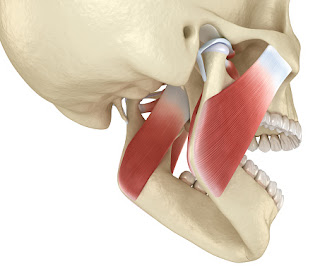Types of Headaches and When to Seek Medical Attention
Most headaches are relatively harmless, but some headaches can be the result of a separate condition, which may require medical treatment. Here's what you need to know about the most common types of headaches, how to figure out which one you have, and what you can do for prevention and treatment.
Primary headaches originate in the head and are not caused by another, underlying medical condition. These headaches which include cluster headaches, migraine headaches, and tension headaches affect the pain receptors in the brain. In fact, each one is commonly identifiable by a specific type of head pain.
Tension headaches are the most common type of primary headache, occurring in about half of women and one-third of men, according to the World Health Organization. Tension headaches occur when the muscles around the scalp become tight, and it commonly feels like your head is being squeezed
Tension headaches can be treated with over-the-counter pain medications like aspirin, ibuprofen or acetaminophen. Some people with chronic tension headaches tension headaches for more than 15 days per month will be treated with muscle relaxers to help prevent headaches.
Migraine headaches are the second most common type of primary headache. This type of headaches affect children as well as adults. Before puberty, boys and girls are affected equally by migraine headaches, but after puberty, more women than men are affected. Migraine treatment usually is with over-the-counter (OTC) migraine medication or prescription drugs.
Some patients with chronic migraine receive botulinum toxin (Botox) injections every three months to help treat their headaches Lifestyle changes like eating a healthy diet and getting exercise may help reduce the frequency of migraine attacks.
Avoid foods that trigger migraines. This also may reduce the frequency of attacks.
Some may find exercises, for example yoga, that promote muscle relaxation are helpful in managing severe pain. Most people with migraines usually are able to manage their condition with a combination of medications and lifestyle changes.
Some people may need prescription medications to decrease the frequency of headaches.
Secondary headaches are those that are due to an underlying structural or infectious problem in the head or neck. This is a very broad group of medical conditions ranging from dental pain from infected teeth or pain from an infected sinus, to life-threatening conditions like bleeding in the brain or infections like encephalitis or meningitis. Traumatic headaches fall into this category including post-concussion headaches.
In rare cases, secondary headaches are caused by more serious medical conditions, such as aneurysms, tumors, or meningitis. There are many different types of headaches, and while most of them are not dangerous, all of them can be irritating and painful. If you're experiencing frequent or severe head pain, it's worth checking in with your doctor, who can help you learn how to relieve and manage headaches.




Comments
Post a Comment